A 0.098kg block slides down a frictionless track as shown in (Fig. 5.208).
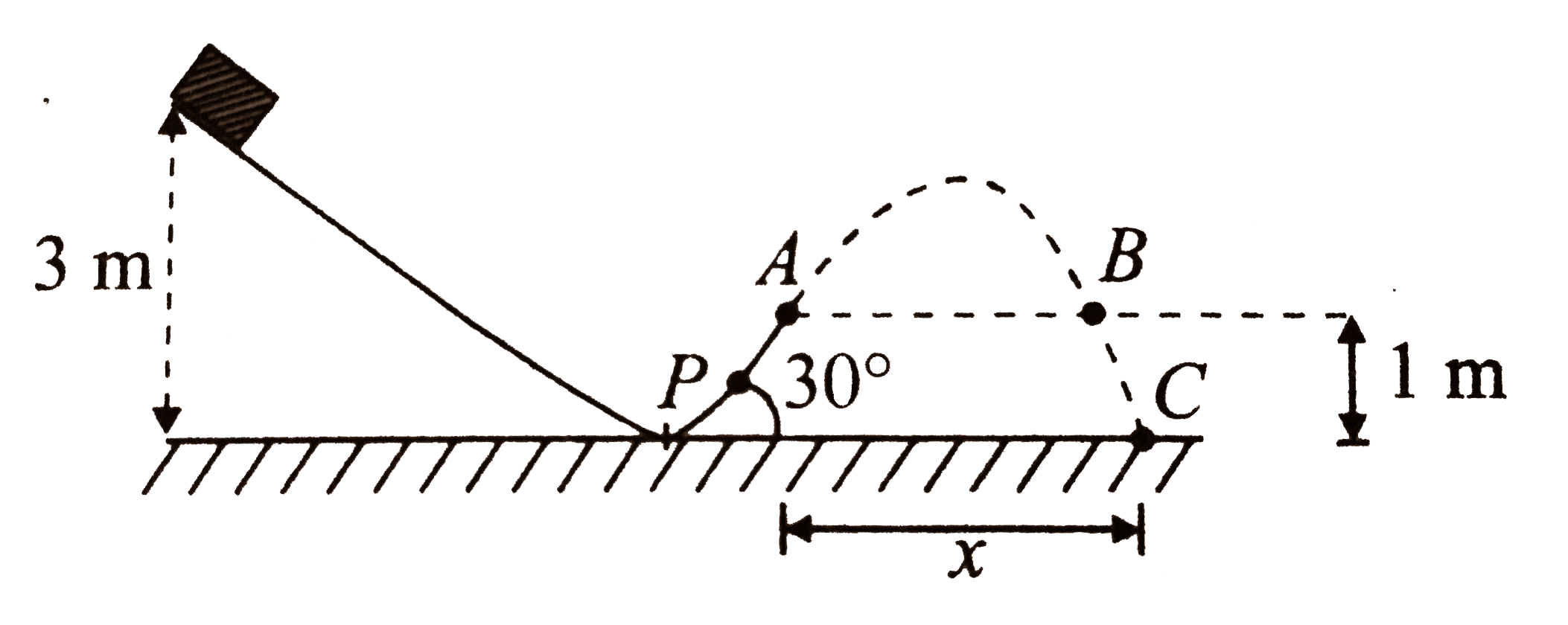 .
.
The time taken by the block to move from A to B is.
√g
2√g
3√g
4√g
The correct Answer is:A
(a) 12mv2=mg(3−1)=2mg [from conservation of energy]
or v=√4g=2√g
Vertical component at A is 2√gsin30∘=√g
Time of flight,
T=2vsinθg=2√gg=2√g
Using S=ut+12at2, we get
−1=√gt−12gt2or12gt2−√gt−1=0
t=√g±√g+4×12g2×g2t=1±√3√g
Neglecting negative time, t=1±√3√g
x=2√gcos30∘[1±√3√g]orx=(√3+3)m.
Topper's Solved these Questions
- KINEMATICS-2BOOK - CENGAGE PHYSICS ENGLISHCHAPTER - KINEMATICS-2EXERCISE - Exercise Integer
9 Videos
- KINEMATICS-2BOOK - CENGAGE PHYSICS ENGLISHCHAPTER - KINEMATICS-2EXERCISE - Exercise Assertion - Reasoning
5 Videos
- KINEMATICS-1BOOK - CENGAGE PHYSICS ENGLISHCHAPTER - KINEMATICS-1EXERCISE - Integer
9 Videos
- KINETIC THEORY OF GASESBOOK - CENGAGE PHYSICS ENGLISHCHAPTER - KINETIC THEORY OF GASESEXERCISE - Compression
2 Videos
Similar Questions
A particle is projected with velocity u at angle θ with horizontal. Find the time when velocity vector is perpendicular to initial velocity vector.
View SolutionThe projectile has only vertical component of velocity at the highest point of its trajectory.
At the highest point, only one component of velocity is present.
View SolutionA man in a lift ascending with an upward acceleration a throws a ball vertically upwards with a velocity v with respect to himself and catches it after t1 seconds. After wards when the lift is descending with the same acceleration a acting downwards the man again throws the ball vertically upwards with the same velocity with respect to him and catches it after t2 seconds?
View SolutionOne mole of an ideal monatomic gas undergoes a linear process from A to B , in which is pressure P and its volume V change as shown in figure .
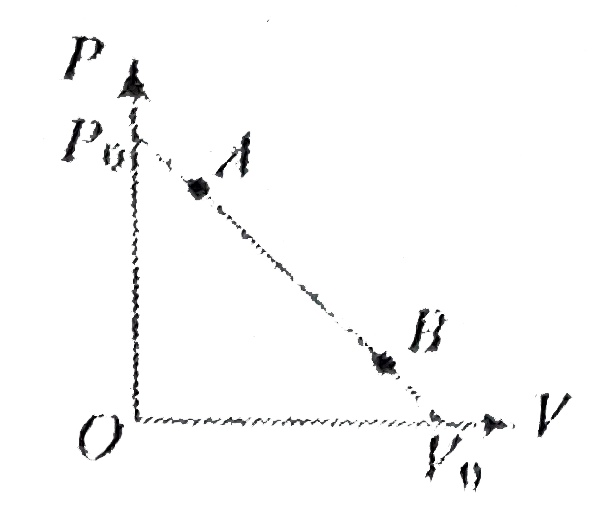
The absolute temperature T versus volume V for the given process is
View SolutionA 0.098−kg block slides down a frictionless track as shown in (Fig. ).
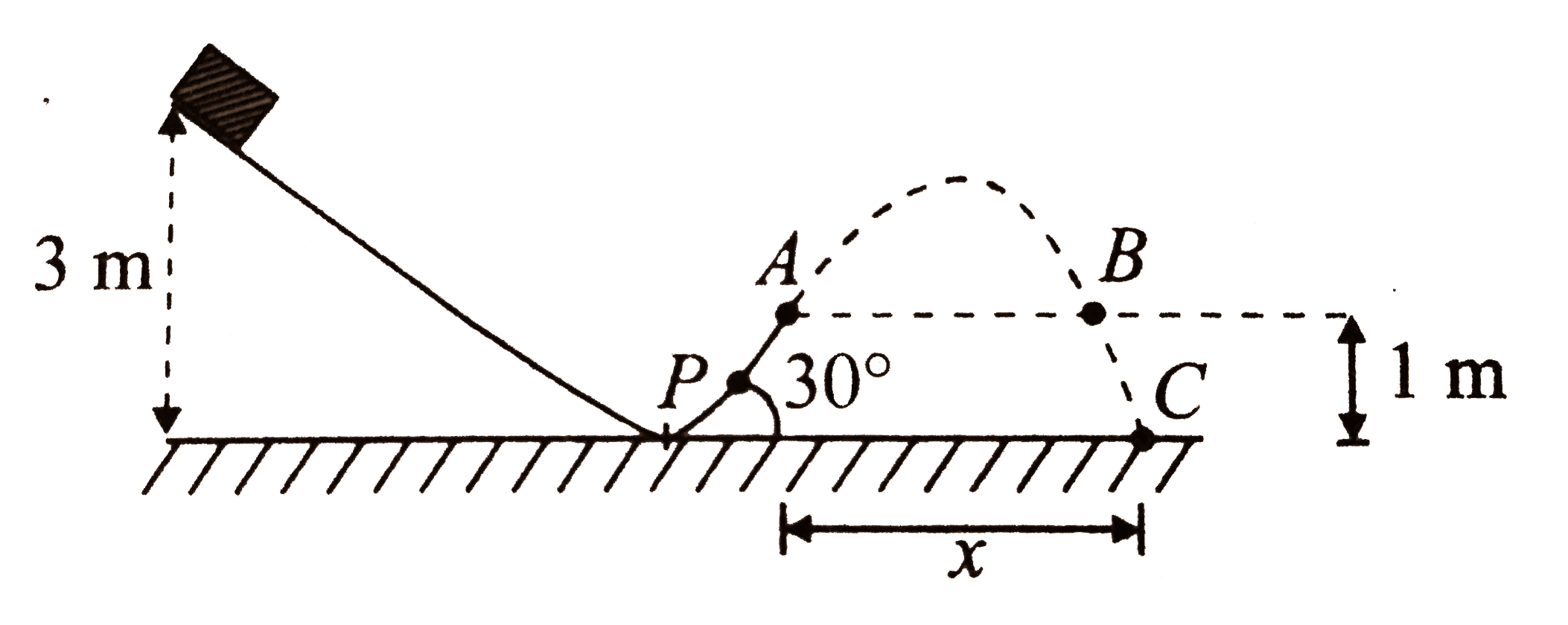 .
.
The vertical component of the velocity of block at A is
View SolutionA 0.098-kg block slides down a frictionless track as shown in (Fig. 5.208). . The time taken by the block to move from A to B is.
View SolutionA 0.098−kg block slides down a frictionless track as shown in (Fig. 5.208).
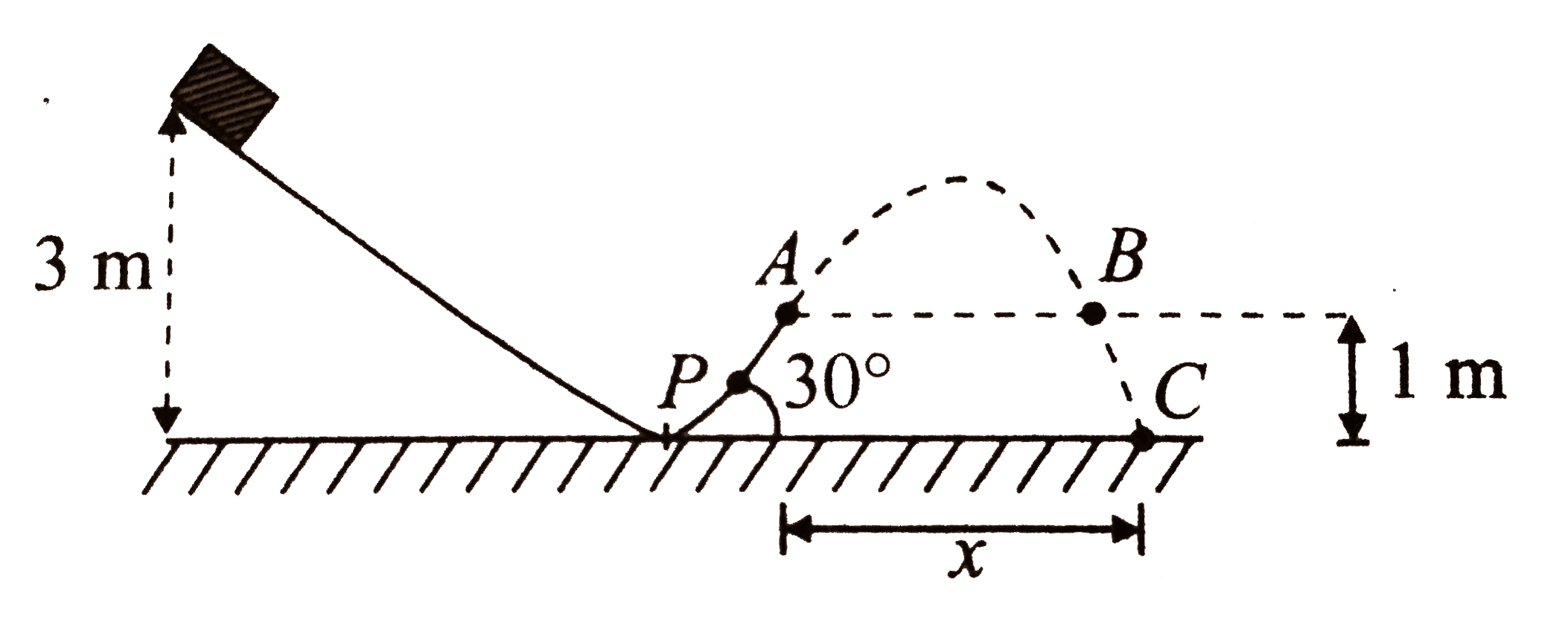 .
.
The time taken by the block to move from A to C is.
View SolutionA 0.098−kg block slides down a frictionless track as shown in (Fig. 5.208).
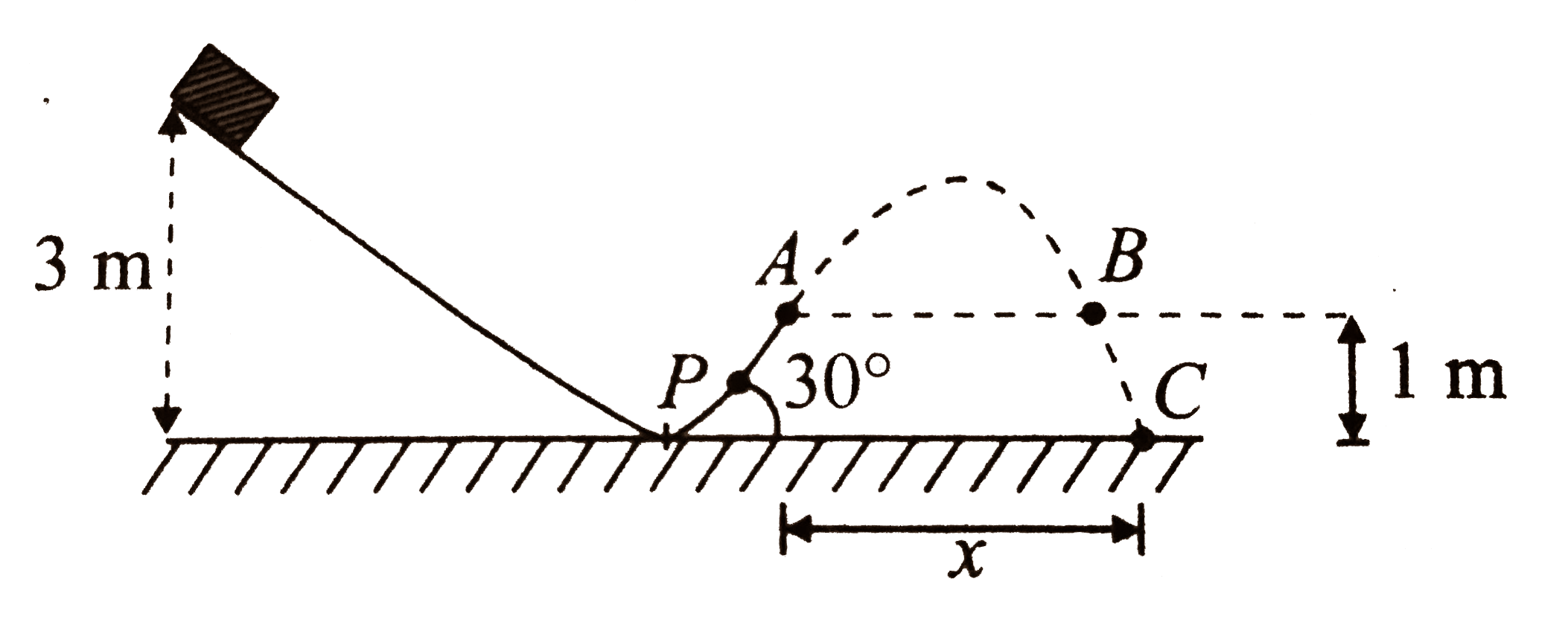 .
.
The horizontal distance x travelled by the block in moving from A to C is.
View SolutionA block of mass 1kg is kept on the tilted floor of a lift moving down with 3ms−1. If the block is released from rest as shown, what will be the time taken by block to reach the bottom? What is the normal reaction on the block during the motion?
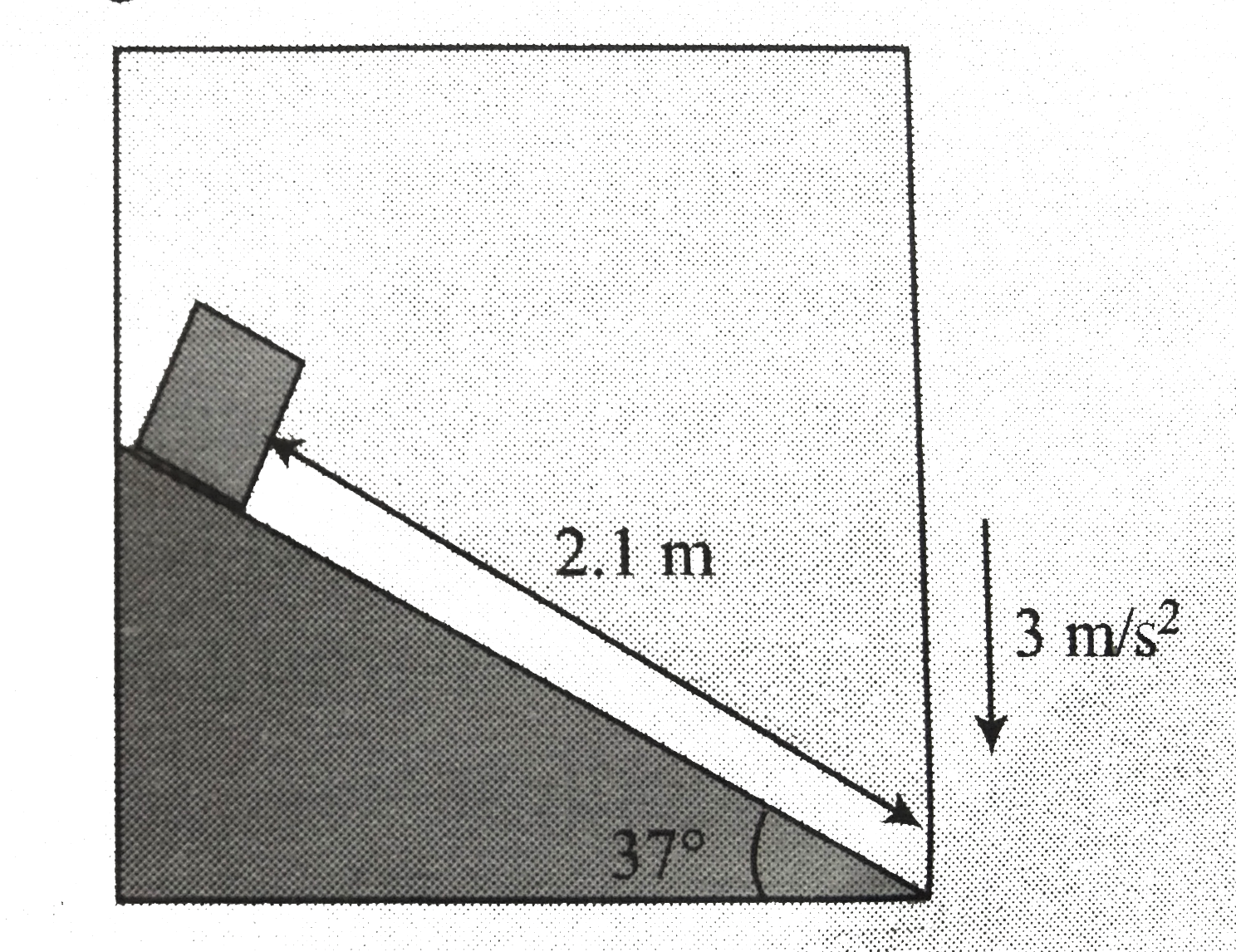
View SolutionFind the acceleration of block B as shown in fig. (a) and (b) relative to block A and relative to ground if block A is moving toward right with acceleration a.
View SolutionA block of mass m slides down a smooth vertical circular track. During the motion, the block is in:
View SolutionTwo blocks 4 kg and 2 kg are sliding down an incline plane as shown in fig The acceleration of 2 kg block is:
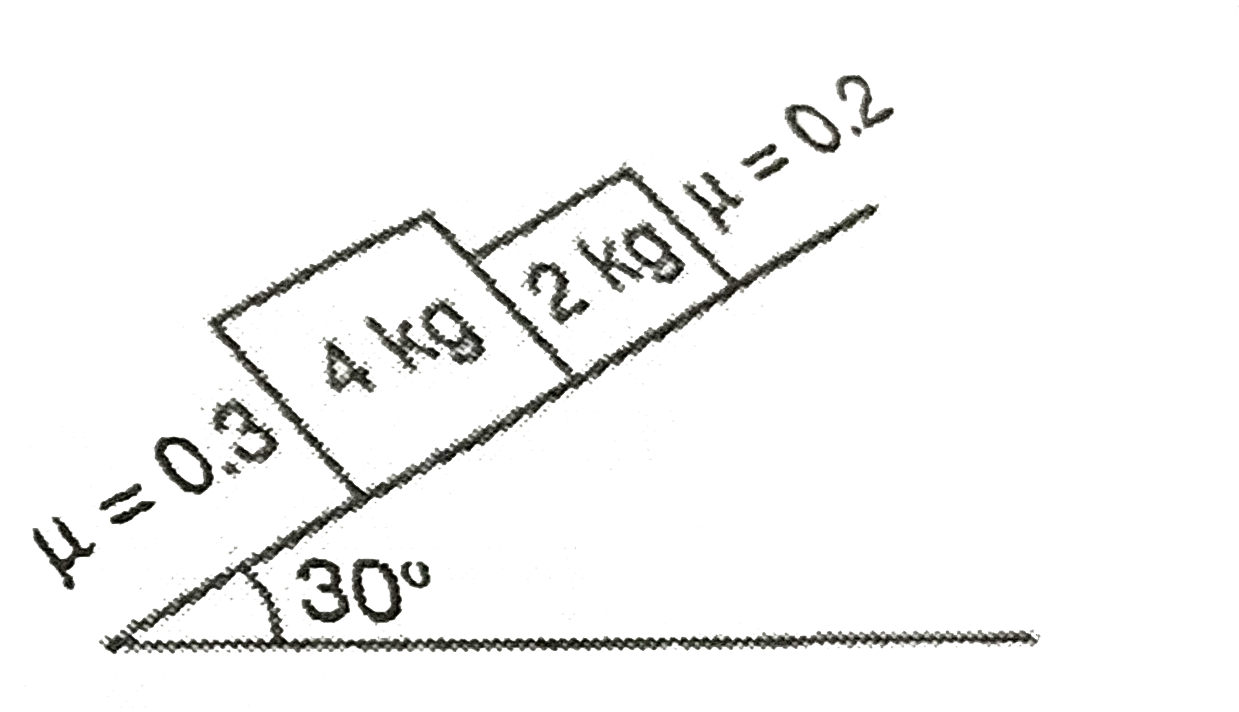
View SolutionA block slides down a curved frictionless track and then up an inclined plane as in figure. The coefficient of kinetic friction between the block and incline is μk. Find the maximum height reached by the clock.
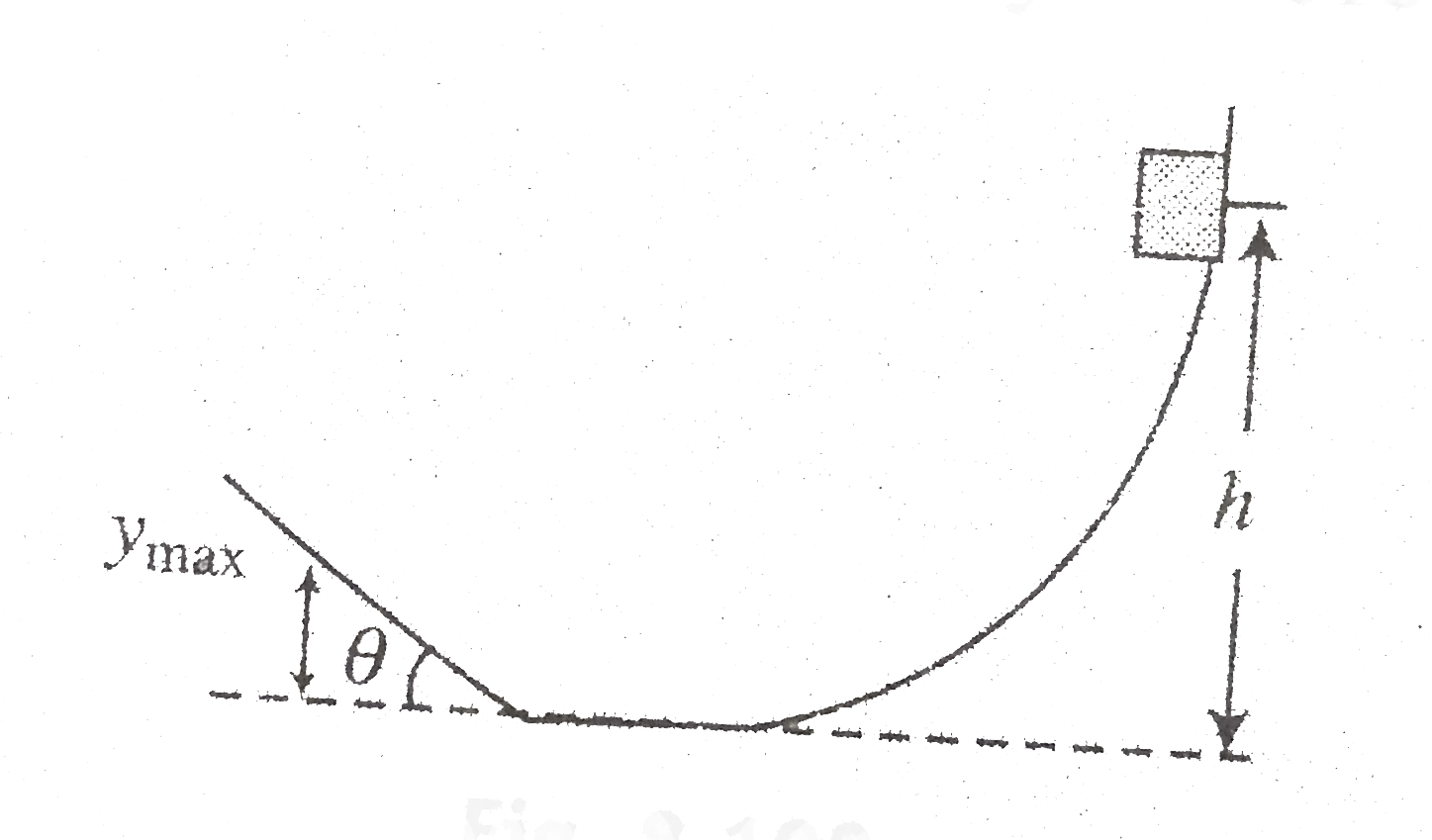
View SolutionA block of mass m slides down along the surface of the bowl from the rim to the bottom as shown in fig. The velocity of the block at the bottom will be-
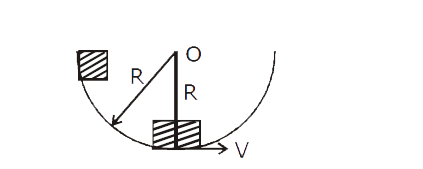
View SolutionA small block slides with velocity 0.5 sqrt(gr) on the horizontal frictionless surface as shown in fig. The block leaves the surface at point C. The angle theta it the fig is:
View SolutionA block of mass M is placed on the top of a bigger block of mass 10M as shown in fig. All the surfaces are frictionless. The system is releated from rest. The distance moved by the bigger block by the time the smaller block reaches the ground is
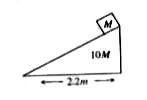
View Solution

